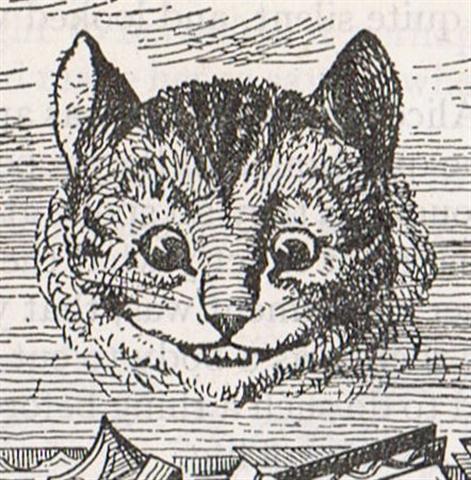We have arrived at a perceived structure for the beginning of the K text where its first 3 glyphs perhaps can be put 'in parallel' with the first 5 positions in the G text:
Let's now consider those glyphs in K which are 'in parallel' with those in G from Theemin to Rigel. First there is the pair Ga1-5--6 at the end of the Sheratan manzil:
To reach Easter Island from Nga Kope Ririva Tutuu Vai a Te Taanga a further stretch of water must be passed, and the Hebrew Bamma'yīm [Theemin] means 'In the Water'. Although the general layout of K is similar to that of G the details are different. Ariki in Ka1-4 has no feathers in front and is not distinctly drawn. The eating gesture (kai) in Ka1-5 is at left designed as a figure which resembles that in Ga2-25:
There are 50 days from May 30 to July 19 and possibly the beginning of the K text describes (or alludes to) the time leading up to 8h. Early I estimated the number of glyphs on the tablet to once have been 192, and 200 (July 19) + 192 = 392 (January 27):
Perhaps the retrograde time flow in the Bend of the River implies this water had to be quickly passed over in a calendar. A new year maybe had to begin with 'May 31 (rather than with 'July 22): May 31 can be written as 5-31, where 3 * 177 = 531 (= 18 * 29½), whereas 22 / 7 = π can signify ⅔ of 471. The following 4 glyphs were certainly important, so much can be ascertained from several parallels in other rongorongo texts:
Once again, the structure is basically the same in K but the details are different. In G the pair of 'Bird Men' are identical, whereas the headless pair in K are not - the first one is firmly drawn with only a string for 'her' neck and 'she' is wearing an elbow ornament. In front 'she' has a slightly irregular and bent henua crossed over by a pair of horizontal short lines. Sometimes I feel figures should be female. ... 'Who are you talking to?' said the King, coming up to Alice, and looking at the Cat's head with great curiosity. 'It's a friend of mine - a Cheshire-Cat,' said Alice: 'allow me to introduce it.'
'I don't like the look of it at all,' said the King: 'however, it may kiss my hand, if it likes.' 'I'd rather not,' the Cat remarked. 'Don't be impertinent,' said the King, 'and don't look at me like that!' He got behind Alice as he spoke. 'A cat may look at a king,' said Alice. 'I've read that in some book, but I don't remember where.' 'Well, it must be removed,' said the King very decidedly: and he called to the Queen, who was passing at the moment, 'My dear! I wish you would have this cat removed!' The Queen had only one way of settling all difficulties, great or small. 'Off with his head!' she said without even looking around ...  | ||||||||||||||||||||||||||||||||||||||||||||||||||||||||||||||||||||||||||||||||||||||||||||||||||||||||||||||||||||||||||||||||||||||||||||||||||||||||||















